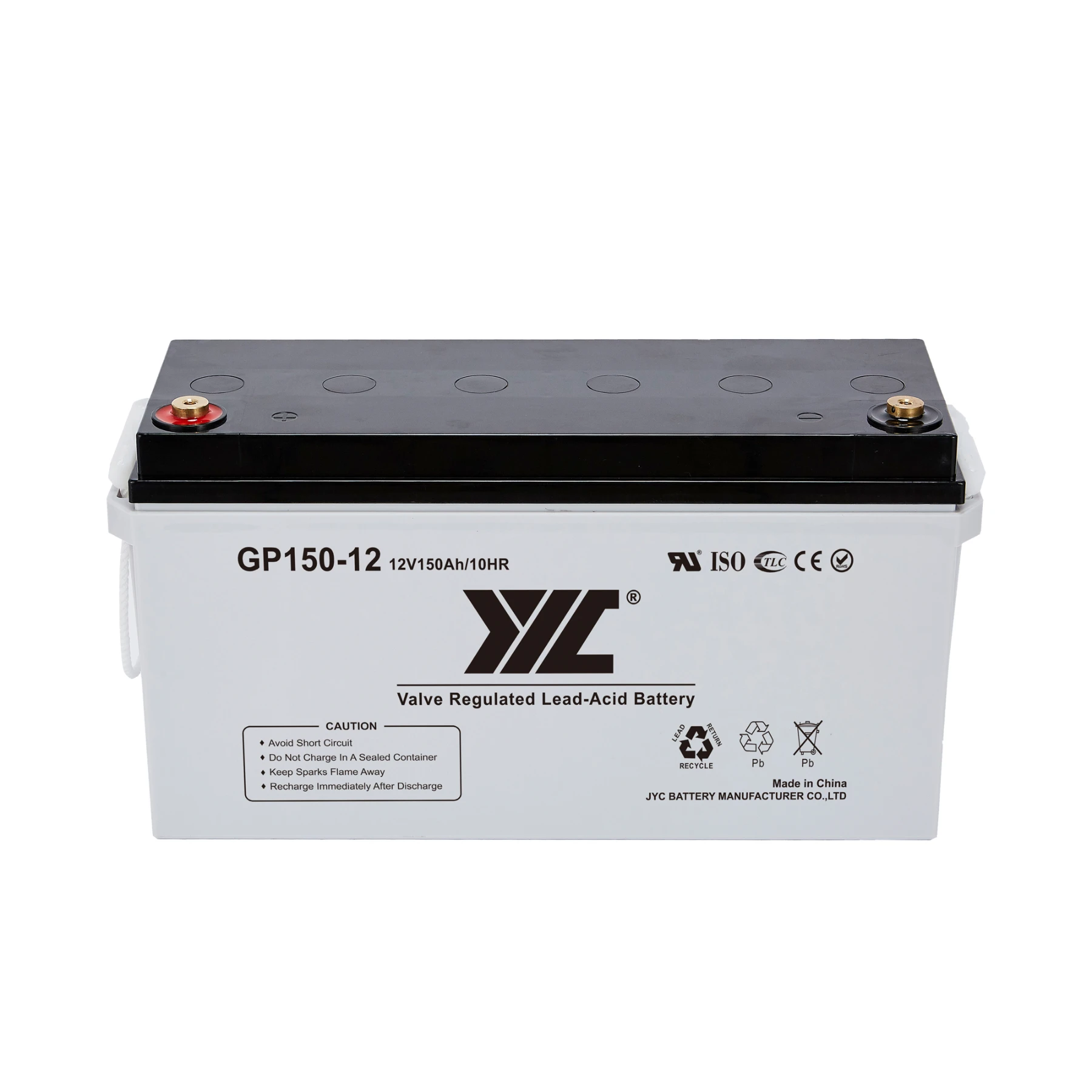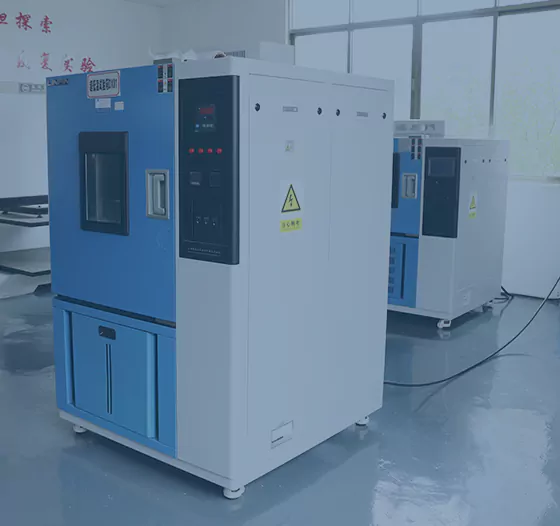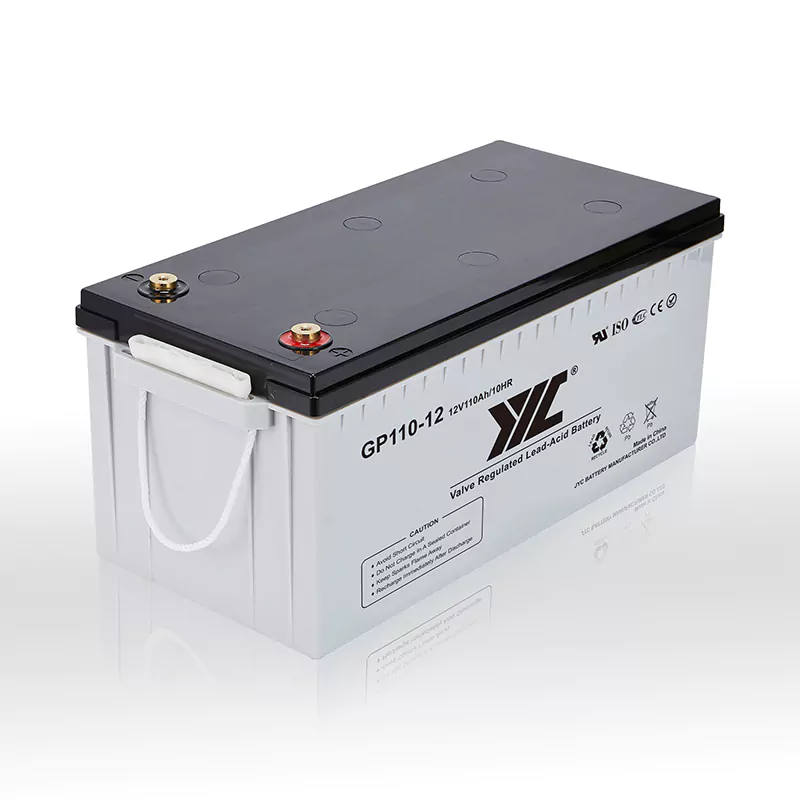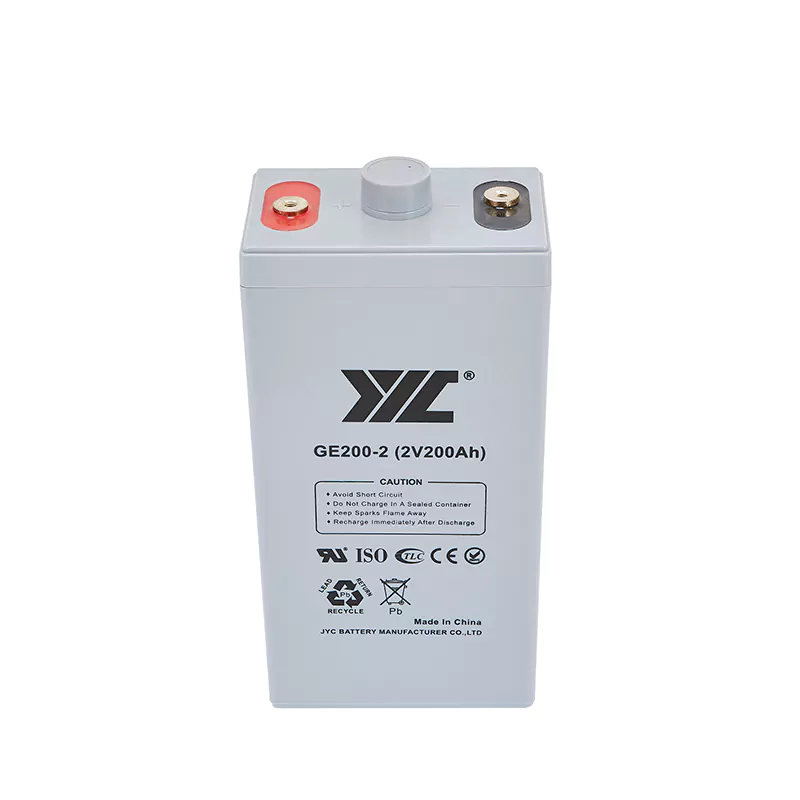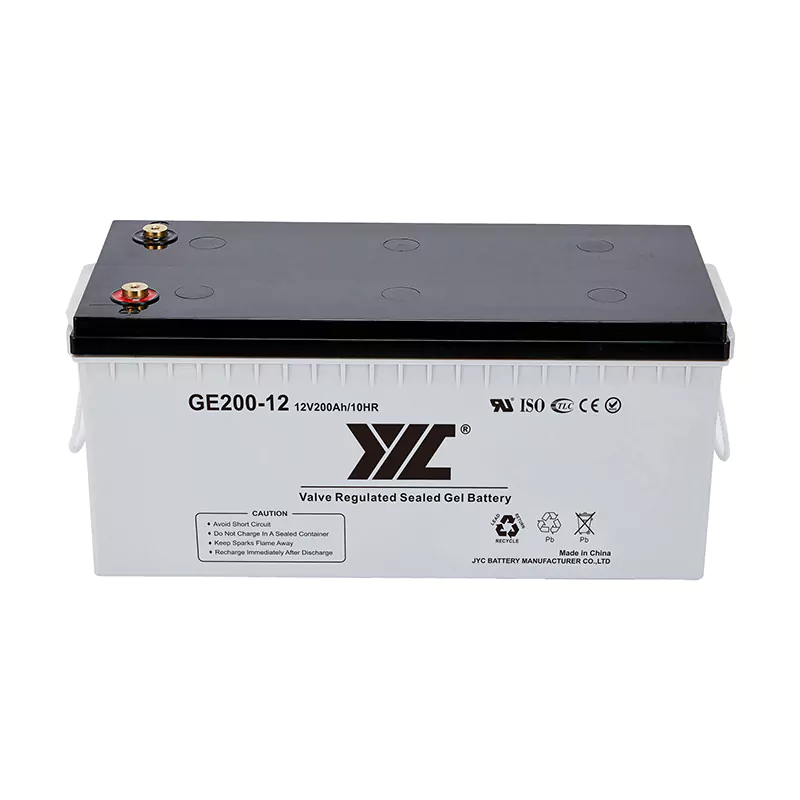
Lead-Acid Batteries: Their Essential Role in the Heart of Any UPS System
Introduction
In today’s technology-driven world, Uninterrupted power supply systems (UPS) play an indispensable role in safeguarding critical electronic devices and equipment from power disruptions. A key component that lies at the heart of every UPS system is a lead-acid battery. This article explores such fundamentals as the structure of UPS systems and its indispensable lead-acid battery’s basic structure. It then further examines this integral lead acid battery’s essential nature to ensure reliable power backup.
Overview of UPS System
Before delving into the UPS system structure, let’s get a hold of its bare essentials and functions. A UPS system is a key device designed to provide backup power to our systems during electrical fluctuations or interruptions. Its core function is to ensure an uninterrupted power supply for vital equipment from potential damage or loss of data. The UPS system works according to fundamental principles and functions that safeguard sensitive electronics as well as help in fault recovery.
The fundamental principle of a UPS system is to transform incoming AC power by rectifying it using a diode and then storing the same in batteries. The DC powers get inverted back to AC powers using an inverter, thus providing consistent and clean power output to the connected devices. If there occurs any voltage fluctuation or outage, the UPS instantly switches toward battery power, hence avoiding any downtime and keeping disruptions at bay.
UPS systems play an essential role in power protection. They act as a buffer between the main power supply and sensitive items, such as equipment or machinery. These systems guard against voltage sags, surges, spikes, and complete power outages caused by utility grid failures, lightning strikes, unanticipated traffic, etc. This prevents hardware damage, data corruption, and system failure, which saves money and time for businesses.
UPS systems find extensive applications in critical areas like data centers, where continuous power is imperative for servers and storage systems. Medical facilities rely on UPS systems to ensure an uninterrupted power supply to life-saving equipment like MRI machines and life support systems. Telecommunication infrastructures, financial institutions, and industrial processes also depend upon UPS systems so that they can safeguard against data loss and minimize the effects of operational instability during power disruptions.
Structure of UPS System
UPS systems comprise several parts that work concertedly to ensure an uninterrupted and stable power supply to the devices needing critical power. The UPS system structure can be broken down into three main parts, which contain, in simple words, three components: input, converters, and output.
1. Input to the UPS system:
The power input interface of a UPS system is connected to the primary power source that generally comes from the utility grid. It acts as an entry point for incoming AC powers. One of the essential roles played by the input interface is warping the protection of the UPS system and other connected devices against voltage sags, surges, and spikes. The input interface accomplishes this by utilizing a variety of filters, such as surge suppressors and noise filters, to lessen the effects of electrical disturbances. Voltage regulation is yet another vital aspect of putting across the input stage. It assures a stable input voltage for UPS even when utility power fluctuates outside safe operating limits with safeguards in place.
2. Converters for UPS systems:
The converter inside a UPS system converts incoming AC power into DC power and vice-versa, which carries essential energy storage and delivery. There are different types of converters used in UPS systems:
●Online UPS:
In an online UPS, the converter continually charges the batteries via incoming AC power. The inverter then changes back from DC power to AC power so as to supply the connected devices. This design offers a seamless power transfer and probably has the highest protection and efficiency attributes.
●Offline UPS:
Offline UPS systems activate only the inverter and power supply of the battery solely when utility power fails. The inverter remains inactive during operation, where connected devices use direct grid power. The system is more economical with a brief transfer time during outages but may lead to extended idles while waiting for backup from the utility grid.
●Combination of online and offline UPS:
The systems with line-interactive features combine both approaches. During sudden voltage fluctuations, they regulate the input voltage using the inverter while simultaneously providing battery backup during outages.
3. The output of the UPS system:
The power output interface of a UPS system connects to the devices requiring protection. It supplies power either directly from the utility grid or from the inverter during power outages. The voltage regulator in the output stage plays a vital role in maintaining a stable output voltage regardless of input voltage fluctuations. This regulation ensures that the connected devices receive a consistent and reliable power supply, protecting them from possible damages due to variations in voltage.
The Role of Lead-Acid Batteries in UPS
Lead-acid batteries occupies a crucial position in various battery types. They are popular as an essential common type of battery within UPS (Uninterruptible Power Supply) systems, performing essential energy storage functions. The popularity of lead-acid batteries has arisen around their reliability, cost-effectiveness, and ability to deliver sufficient power for critical applications.
The primary function of lead-acid batteries in UPS systems is energy storage. During the availability and stability of the utility power supply, the UPS system utilizes the incoming AC power to charge the lead-acid batteries. The battery acts as a reservoir where electrical energy gets stored in chemical form. The stored energy becomes readily available when there is a power outage or voltage fluctuation.
When there is a power outage, the lead-acid batteries come on stage, providing DC power to the UPS system’s inverter. The latter then converts this stored DC power into AC power so that connected devices experience no interruption in their functions. This emergency power supply function is critical for essential applications such as data centers, medical facilities, telecommunications, and industrial processes where even a momentary absence of power can cause immense consequences, data loss, or endanger lives.
Features and Advantages of Lead-Acid Batteries
Choosing lead-acid as the battery for UPS (Uninterruptible Power Supply) systems has many features and advantages, making it an ideal pick. The capacity to provide reliable backup power during disruptions in the supply of electricity is what makes this a choice that works well.
Fundamentals and workings of Lead-acid battery:
Lead-acid batteries work on a simple yet well-set electrochemical principle. It consists of lead plates, one coated with Lead dioxide and another pure lead immersed in a sulfuric acid electrolyte solution. During charging, a chemical reaction takes place due to the electric current exerted that leads to the formation of Leadsulfate and the release of electrical energy. In discharging, the process through which stored Chemical energy is converted into Electrical Energy powers connected devices.
Cost-effectiveness:
Lead-acid batteries are cost-effective, reliable power sources. The technology is mature, with manufacturing processes well established. Given that the price compared to other battery types is relatively low, their widespread use and demand also contribute to what they are—affordable.
Reliability:
Additionally, lead-acid batteries are known for their reliability and proven track record. They have been in use for decades in various applications as well as their performance has been thoroughly tested and validated. These reliabilities are essential for critical systems ensuring that the UPS will function efficiently.
Long life and adaptability:
Proper maintenance, proper usage, as well as regular temperature control, can significantly prolong the usable lifetime of lead-acid batteries. They become even cheaper over time.
In addition, lead-acid batteries are quite flexible to different power requirements and applications. They come in different sizes and configurations. Therefore, they work well in various uses, from small-scale applications like the starting battery for automobiles to large-scale energy storage systems for UPS, renewable energy storage systems, telecommunications, etc.
Other Battery Options in UPS Systems
Along with lead-acid batteries, there are other battery options available for use in UPS systems. Although lead-acid batteries account for most of the UPS market, other battery types, such as lithium-ion batteries, are making a noticeable mark. Compare and contrast different features of battery options to help determine their appropriateness to specific UPS applications.
Despite the recent upsurge in battery technologies, lead-acid batteries remain the foremost choice for their proven record of providing reliable backup power in UPS systems.w it should be during power outages.
Operation and Maintenance of a UPS System
The operation and maintenance of a UPS system are considered critical in ensuring its reliable performance as well as long life. The daily operation consists of monitoring the status of the UPS, ensuring it is ready to provide backup power when needed. Regular maintenance with a focus on lead-acid batteries ensures optimal UPS functionality.
The daily operation involves checking the UPS system indicators and alarms to determine if there are any abnormalities. The operator should check out regularly on input and output voltage, load levels, and battery charge status. In addition, the UPS must be devoid of dust, debris, and proper ventilation to avoid overheating.
Lead-acid batteries require regular maintenance as they are essential to the UPS system. Check battery terminals and connections regularly and maintain electrolyte levels regularly. Keep the battery area clean and well-ventilated. Perform load testing at periodic intervals to verify battery capacity and functionality. If required, add distilled water underneath OEM guidelines.
Preventive maintenance is vital to prevent unforeseen failures. Qualified technicians’ regular maintenance visits on the UPS system must be done routinely to inspect and service them. They can spot potential problems well before they escalate into corrective measures undertaken swiftly.
Regular testing ensures the UPS’s capability to perform during power outages. Perform battery discharge tests and check if the UPS can handle the connected load adequately. Periodic testing helps determine any deterioration of battery performance, allowing for an excellent opportunity to replace it timely.
Application Cases and Practical Applications
In light of the above, let’s examine some practical application cases to understand the real-life effectiveness of UPS systems and how lead-acid batteries play their part in ensuring uninterrupted power supply.
In sectors such as financial institutions, telecommunication systems, and food preparation and storage systems, among others, UPS systems have been immensely helpful in protecting crucial operations and sensitive data. Lead-acid batteries have come in a cardinal role in the successes these applications have enjoyed.
Conclusion
The design of the UPS system is quite careful to deliver a continuous and reliable power supply in critical situations. Among these various components, lead-acid batteries constitute an essential energy storage solution since they enable UPS systems to fulfill their crucial function of protecting vital devices and infrastructure from power disruptions. New battery options will likely spring up as the technology evolves, but lead-acid batteries – proven features and advantages – will ensure their trusted and indispensable position in UPS applications.
Lead-acid batteries steer clear of faltering on their promised footing of cost-effectiveness, dependability, and proven service for UPS applications. The effectiveness and reliability of the UPS system are maintained through routine maintenance and battery monitoring, particularly when batteries are being charged or discharged. In a world where uninterrupted power is essential, UPS systems with lead-acid batteries come up as robust and reliable solutions for safeguarding critical operations.



